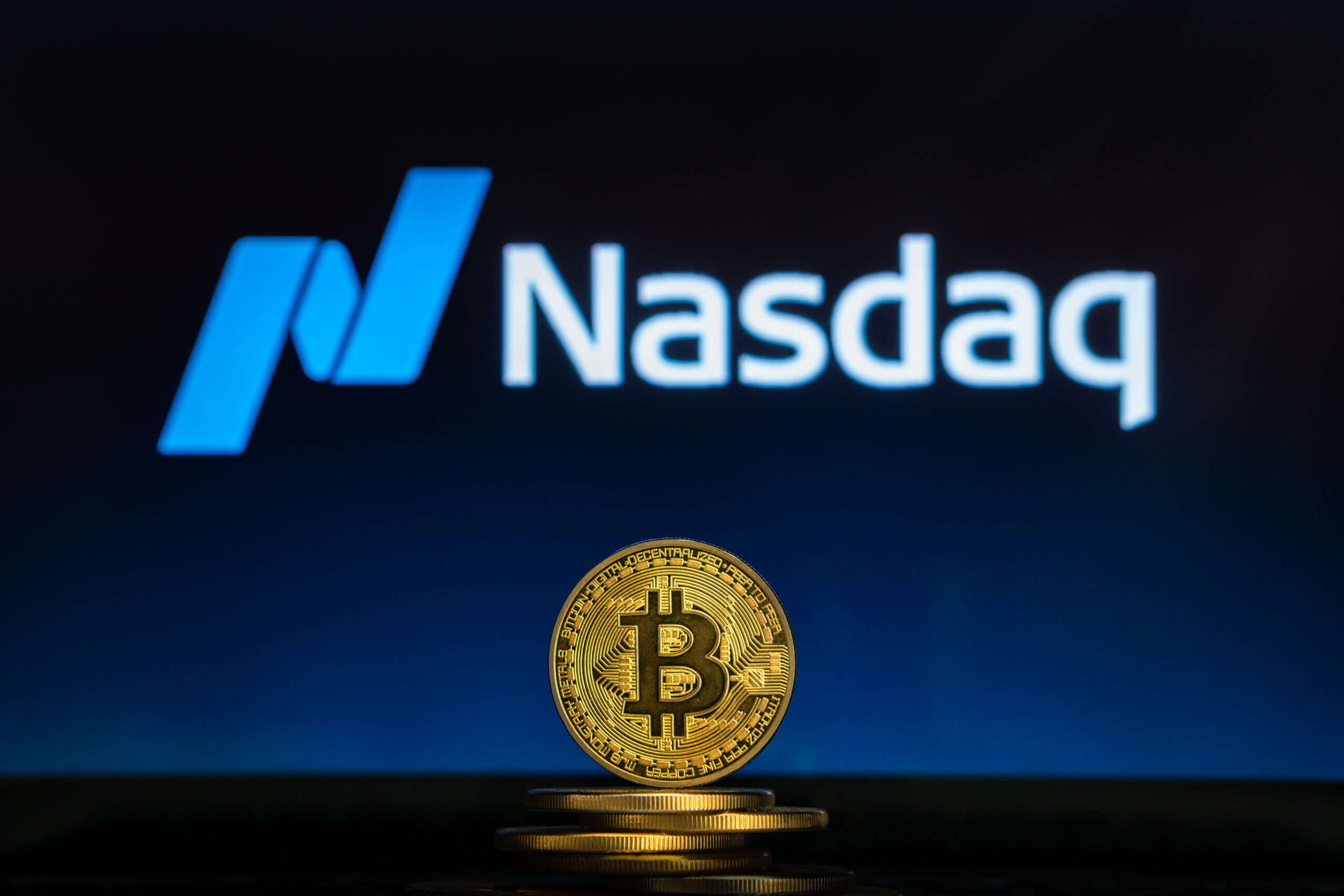As the artificial intelligence (AI) boom drives exponential demand for data centers, the United States’ position as an AI leader is at risk without immediate action to address growth constraints. The “transition toward cloud-based services and generative AI applications [is forecast to drive] a 37% compound annual increase in AI spending out to 2032,” according to Bloomberg. The significant growth comes at a time when supply chain constraints are limiting revenue growth among the largest U.S. data center developers—known as hyperscalers. In the past year, hyperscalers have been flagging the data center supply chain as a headwind in their growth during quarterly earnings calls. If left unchecked, the U.S.’s progress and position as the world leader in AI innovation could be at risk. The U.S. has 45% of all data centers globally by count, according to Bloomberg, but the products that fill these centers are often sourced from outside the U.S. Data centers require a complex mix of chips, servers, networking equipment, storage, cooling and power, and many other components to run. The four primary limitations on data center growth are the supply of chips and other production goods, tariffs, land availability, and reliable electricity. With the increased focus of reshoring of production across the globe, countries are allocating significant resources in an effort overtake the U.S. in AI and data center infrastructure. Nimble scaling with flexibility to solve the supply chain constraints is crucial for future growth.
Supply chain bottlenecks for semiconductor chips—most of which are manufactured in Asia—play a large role in the squeeze on data centers, because such chips are central to meet data center redundancy needs. The U.S. CHIPS and Science Act in 2022 allocated $280 billion in funding to stimulate domestic chip production (Figure 1). But as it takes several years to stand-up new semiconductor manufacturing facilities; those funded by the CHIPS Act likely won’t be operational until 2028 or 2029. The U.S. is leading its peers in the onshoring movement for chip production. The next largest government chip stimulus was the European Union’s European Chips Act in 2023, which allocated €43 billion ($47 billion) to the sector.
1. Source: Bloomberg Intelligence, Peterson Institute of Economics, analysis of U.S. Census Bureau data by Martin Chorzempa, RSM US LLP Current regulations are also changing the landscape daily. The Trump administration has signaled an appetite to repeal or scale back the CHIPS Act. Further, escalating tariffs threaten to upend the data center supply chain with significant price increases. Primarily, China is a large provider of chips, servers and networking equipment that are crucial for U.S. data center capacity and Canada is the primary foreign supplier to the U.S. of steel and aluminum, used in racking and data center buildouts. Some of the hyperscalers’ data center operations across the U.S. also are located in areas that are known to import some Canadian power, including in—but not limited to—Oregon, Washington, New York, Massachusetts, Ohio, and Illinois.
Story Continues
2. Source: RSM US LLP, U.S. Energy Information Administration The need for reliable power has led many hyperscalers to explore a “behind-the-meter” model, where they own and operate their own power sources. While they still need to connect to the grid for resiliency against outages, this model offers more control and easier forecasting for future scaling. The main challenge with this strategy, however, is the construction time required. Nuclear power plants, favored by technology companies for being both highly reliable and having carbon-free emissions, can take more than a decade to build and often face public pushback. Renewable sources such as solar and wind—when paired with battery storage—can be a viable option to bring large amounts of power online in as little as 12 to 18 months. Natural gas would be a viable source, but the longer timeline of four to five years to bring a new natural gas plant online makes that reality more challenging. Power isn’t the only source of data center energy consumption. As of 2023, McKinsey estimated that 40% of all data center energy goes towards cooling. Cooling is a central part of data center management to prevent damage, equipment failure and maintain performance. In an industry expected to provide uptimes of 99.999% (or the equivalent of 5.25 minutes of downtime per year), overheating can have dire affects. In 2023, a data center in Singapore overheated, resulting in 2.5 million bank transactions to fail across two multinational banks. Water-based methods to cool chip facilities are becoming increasingly popular solutions, which will have implications for local water utility capacity, expansion and efficiency.
U.S. data centers have historically been huddled around major internet exchanges that also meet the energy needs noted above, while being shielded from major environmental risks such as natural disasters. However, as regions such as Northern Virginia, Oregon, Phoenix, and Dallas/Fort Worth become saturated, developers are looking to alternative locations for data centers. The state regulatory landscape is evolving, with legislators in several states planning and proposing bills aimed at ensuring data centers pay their fair share of energy bills and in some cases setting renewable energy use goals for data center customers.
Data center demand is expected to increase exponentially, turbocharged by AI. The growth provides an opportunity for the entire ecosystem from production of racks for servers to energy sources to power and cool the data centers. With the shifting regulatory landscape, winners in the U.S. are likely to be those with less exposure to foreign supply chains. Agility will also be important as AI continues to evolve at a rapid clip and reshapes the broader data center ecosystem. Organizations can take numerous routes to prepare for this growth. These might include assessing scaling abilities, understanding the impact of the interest rate environment on future plans, identifying potential alternative suppliers and tapping into incentive programs that can support growth. —Andrew Fedele is a director in RSM US LLP’s transaction advisory services practice. David Carter is a director in RSM US LLP’s security and privacy risk consulting practice. Mac Carroll is a senior manager of tax services at RSM US LLP.























